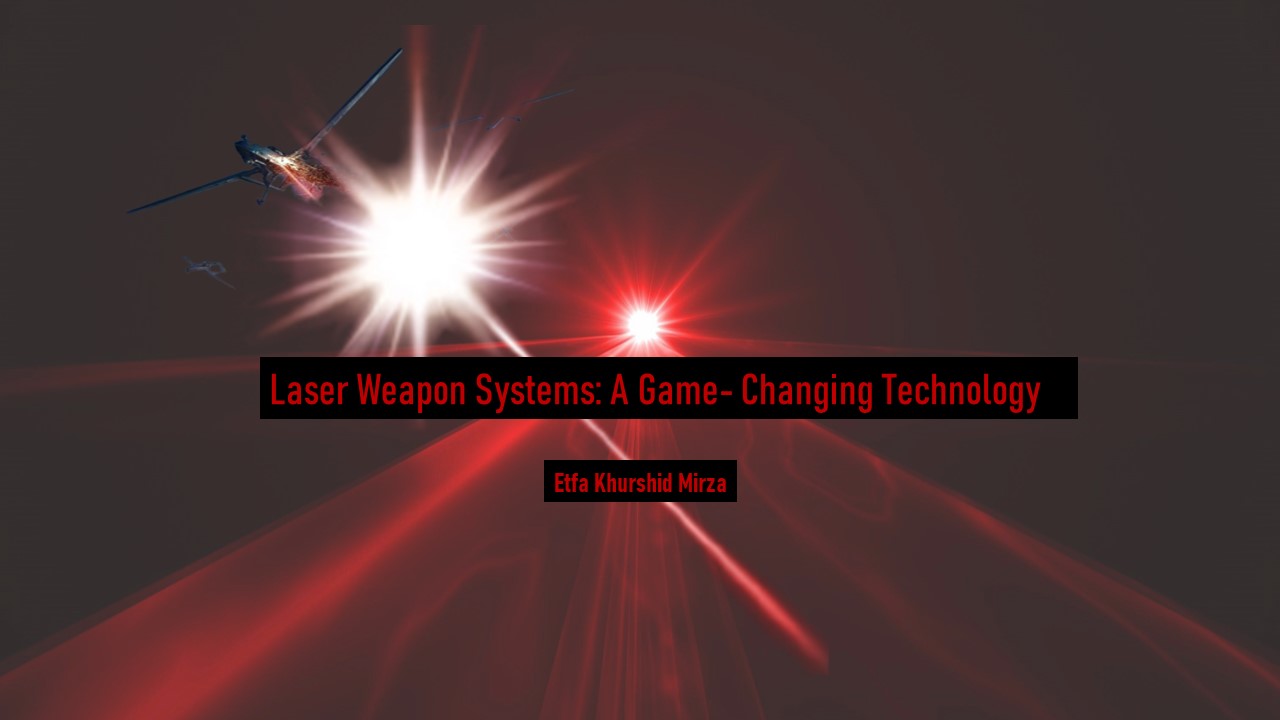The Israeli Defense Ministry confirmed that it successfully tested its laser air defence system in mid-April of this year. According to the Ministry’s research and development team, the Iron Beam accurately intercepted several targets, including a rocket, a mortar and a drone from different ranges and at different times. The system will be deployed within the year. The laser air defence system aims to cater to the shortage of interceptor missiles for Israel’s air defence systems to shoot incoming targets.
In addition to that, the United States Navy also reportedly carried out a successful test of its Laser Layered Defense (LLD) in February 2022. According to official sources, the High Energy Laser (HEL) weapon system successfully intercepted a simulated subsonic cruise missile in flight and neutralised other threats during the White Sands test. According to the US Chief of Naval Research, ‘innovative laser systems like the LLD have the potential to redefine the future of naval combat operations.’
With evolving security challenges, countries are moving towards technologies that are non-kinetic in nature and are able to inflict maximum damage to the adversary, Directed Energy Weapons (DEWs) are one of them. As they operate with varying intensities of light and electromagnetic spectrum, their resulting effects can range from lethal to non-lethal. Two main types of DE weapons include high-powered microwaves and high energy lasers.
The laser, as a weapon, has wide military applications. Electric lasers can be used to shoot down or disable aerial targets such as rockets, small drones, aircraft, and cruise missiles. As a target designator and range finder, the laser can effectively hit the target first and then shoot it down with pinpoint precision. This could be useful in keeping the casualty level minimum during war time. Laser guns can also be used for disorienting a subject during combat. Optical lasers are used for blinding effect in dispersing crowds etc. As defensive countermeasures, airborne laser systems are used to find, track and intercept Intercontinental Ballistic Missiles (ICBMs) as well.
Laser defence systems are unique due to their ability to track and intercept aerial targets. With increasing aerial threats, laser systems are proving to be better interceptors than traditional air defence systems. It is observed that even a weak laser system can disable a target with exact accuracy without being tracked. Countries are now spending huge amounts of their defence and R&D budget to develop the stealth technology to avoid detection or getting hit by such systems. In this regard, anti-missile lasers can be used to avoid incoming missiles. A laser can also provide defence against swarm drones and unmanned Combat Aerial Vehicles to protect forward-deployed troops, bases and infrastructure near border areas.
DE weapons could also play a key role in defending against the world’s fastest missile technology, i.e., hypersonic missiles. These missiles are matchless in their character due to high speed – more than five times the speed of sound and maneuverability, and so far, no defence against them seems to be working. DEWs could also be deployed on space-based platforms and since they operate at the speed of light, they will be able to intercept hypersonic missiles and make tracking of these missiles easy. The HEL can engage a hypersonic glide vehicle, say travelling at Mach 25, at around 35000 times its speed, during its boost phase.
Due to their low cost, precision targeting, stealth-like capabilities, easy mobility and platform friendly characteristic, air, land, sea and space laser weapons are becoming a priority for countries as they fulfil their defence needs and are cheap as well. Even India has added DEWs development to its priority list immediately after hypersonic weapons. For countries like Pakistan, it is high time to invest in such technologies to address future challenges in the region. After the recent accidental missile launch episode by India, Pakistan must develop options in kinetic and non-kinetic domains to deal with such a scenario in future. Similarly, laser weapons can also be used in border management across the Line of Control (LoC) to avoid casualties of military personnel.
With the introduction of emerging technologies, the spectrum of threats on the battlefield has also widened and countries having both kinetic and non-kinetic options will be in an advantageous position over those who do not. Laser weapon systems are one such critical option.
Etfa Khurshid Mirza is a Researcher at the Centre for Aerospace & Security Studies (CASS), Islamabad, Pakistan. Her area of interest is warfare and emerging technologies. She can be reached at [email protected]





